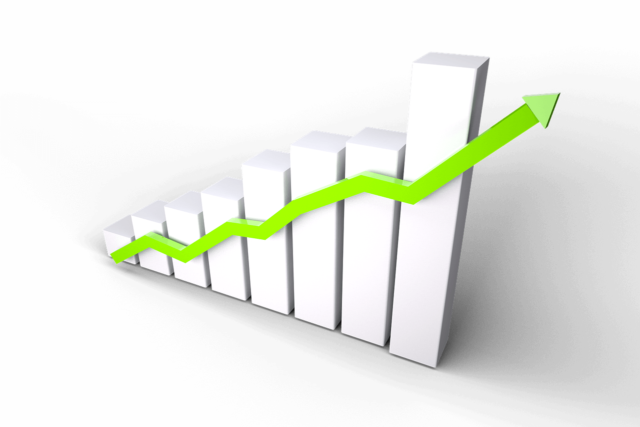The National Bank of Romania published on 8th of November the Inflation Report, the report indicated that after having reached a 5-year high in 2018 Q2, the annual inflation rate saw, as expected, a halt in its upward trend, falling to 5 percent in September, i.e. 0.15 percentage points above the benchmark forecast in the August 2018 Inflation Report and 1.5 percentage points above the upper bound of the ±1 percentage point variation band of the 2.5 percent flat target.
The deceleration in the annual inflation rate during 2018 Q3 owed to both the exogenous components and the adjusted CORE2 inflation, mainly as a result of a strong base effect, as 2017 Q3 had witnessed an array of inflationary shocks. The only notable upward influences on the annual inflation rate in 2018 Q3 were exerted by the prices of vegetables, affected by weather conditions, and those of natural gas, under the impact of prices on the domestic competitive market. At the same time, the average annual CPI inflation rate continued to rise to 4.5 percent in September, up 0.9 percentage points versus June.
The average annual HICP inflation rate followed a similar path, adding 0.9 percentage points from 2.9 percent in June to 3.8 percent in September. The differential versus the EU average expanded to a 5-year high of 2 percentage points.
In 2018 Q2, unit labour costs economy-wide posted an annual growth rate similar to that in Q1 (15.6 percent), with the faster dynamics of the compensation of employees being offset by productivity gains. By contrast, in industry, the developments in unit wage costs saw fluctuations, with the acceleration to 6.5 percent in Q2 being followed by a wider correction to 4.6 percent in July-August amid the advance in production.
According to the baseline scenario, the annual CPI inflation rate is foreseen to reach 3.5 percent at end-2018, 2.9 percent at end-2019 and 3.1 percent at the projection horizon, i.e. 2020 Q3. Compared to the previous Inflation Report, the updated scenario reconfirms the forecast for end-2018 and revises upwards by 0.2 percentage points that for December 2019.
Exogenous components’ contribution to headline inflation was revised upwards by approximately 0.1 percentage points and 0.2 percentage points for end-2018 and end-2019 respectively, while the forecasted annual adjusted CORE2 inflation rate was updated at lower values only for the end of this year. Against this backdrop, the cumulated contribution of exogenous components to the annual CPI inflation rate amounts to 2 percentage points and 0.9 percentage points at end-2018 and end-2019 respectively.
For this year, a more sizeable revision of exogenous components came from fuel prices (whose contribution was revised by 0.2 percentage points against the previous projection), whereas for 2019 the revision was almost entirely accounted for by the developments in administered prices (with a 0.2 percentage point larger contribution).
The 12-month CPI inflation rate at constant taxes is set to display a pattern similar to that of the headline inflation forecast, the two indicators showing differences for end-2019 (2.8 percent versus 2.9 percent), amid the further hike in excise duties levied on motor fuels as well as tobacco products and alcoholic beverages. The baseline scenario of the projection reconfirms economic growth slowing down markedly in the course of 2018, before its regaining some momentum next year.
For further information: NBR – November 2018 Inflation Report

